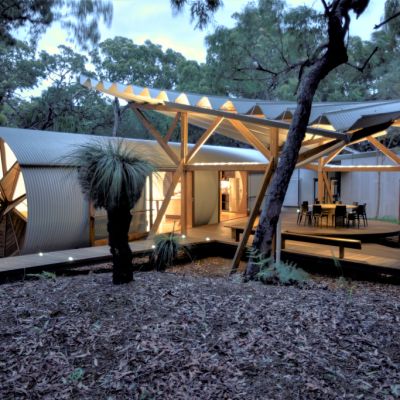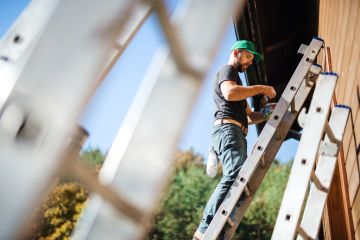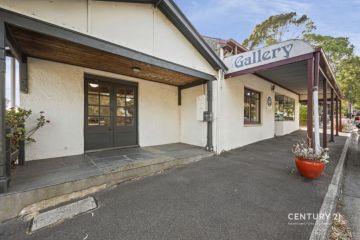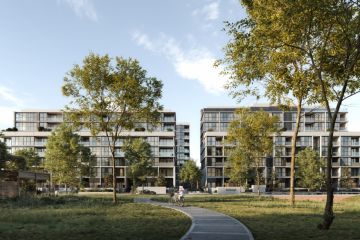Why demand for knockdown-rebuilds is skyrocketing
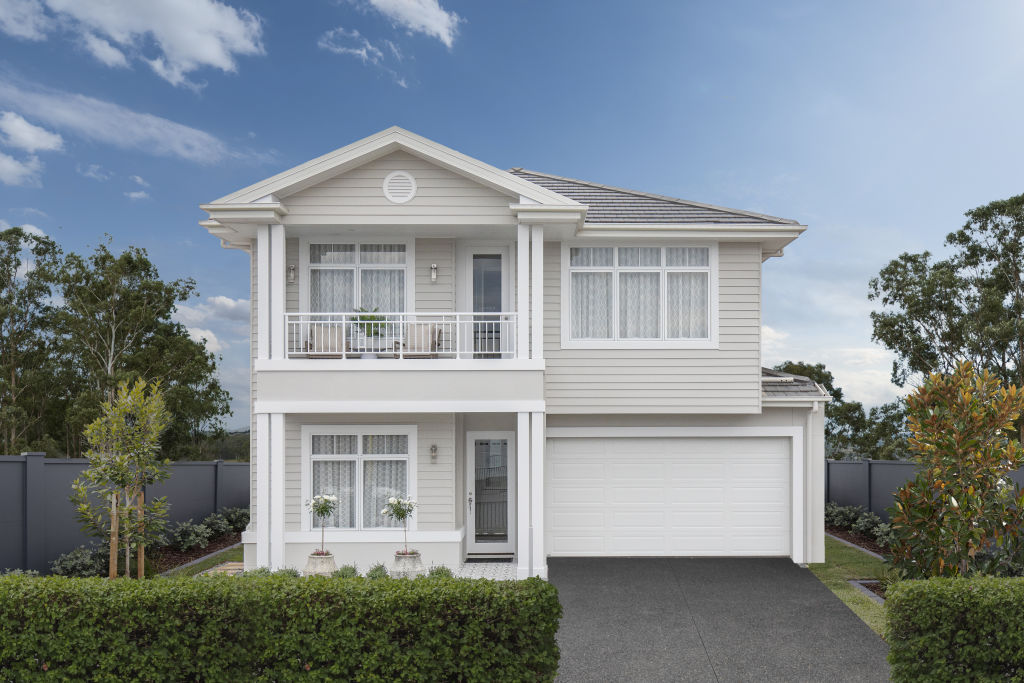
What happens when you’re in a home that’s dated and doesn’t quite fit your growing family’s needs? Some sell up and move on, but an increasing number of homeowners are staying put, choosing to knock down their existing house to make way for their dream home.
“Over the past couple of years, knockdown-rebuilds have been more prevalent, primarily because of land availability,” says Nathan Klein, sales manager of McDonald Jones Homes, a home building company that’s been servicing NSW and the ACT for over 35 years.
With the value of property going up and people having more equity in their homes, they’re able to redraw on their mortgage and get the home, with the exact floor plans and colour schemes they want,” Klein adds.

Throughout Greater Sydney and beyond, older style two and three-bedroom fibro-clad homes are being replaced for much larger homes. Klein explains people are opting for two-storey homes with four bedrooms, an open-plan kitchen, living and dining, plus a home theatre and kids’ activity room.
“People are wanting to upsize significantly and maximise what they can do on their block – something that’s bigger and more accommodating for a growing family,” says Klein. “It’s also really common to see duplexes and granny flats. People are doing this for either a dual-income on one block or to be able to live closer to elderly family.”
Patrick McNamara and his young family moved into their small Blue Mountains investment property during the COVID-19 lockdowns. Enamoured of the local lifestyle, they’ve decided to make it a permanent move.
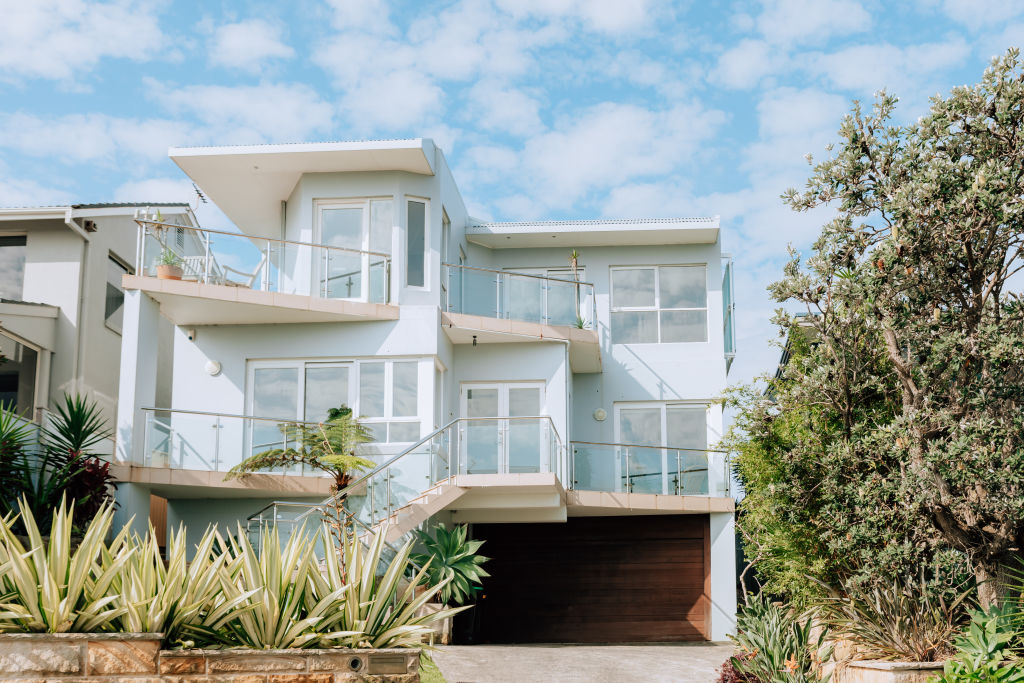
“We thought about selling and buying something else, but then we would first have to find the right house at the right price, and then go through the motions of either securing it at auction or through a private sale, and with no guarantee that we would even get the house,” says McNamara.
“We really love the location we’re in and can see ourselves being here for a very long time, but our house doesn’t meet our needs – it’s dated and too small. We realised the actual expense of knocking down and rebuilding was not exorbitant, and we can get exactly what we want, so we’ve decided to go down that path,” he says.
A few years ago, lifestyle was the primary reason people were choosing a knockdown-rebuild over buying and selling. With children settled in their schools and connection to neighbourhood and location, when families outgrew their homes, they opted to knock down and rebuild their dream home. Now, a shortage of land has become the biggest driving factor.
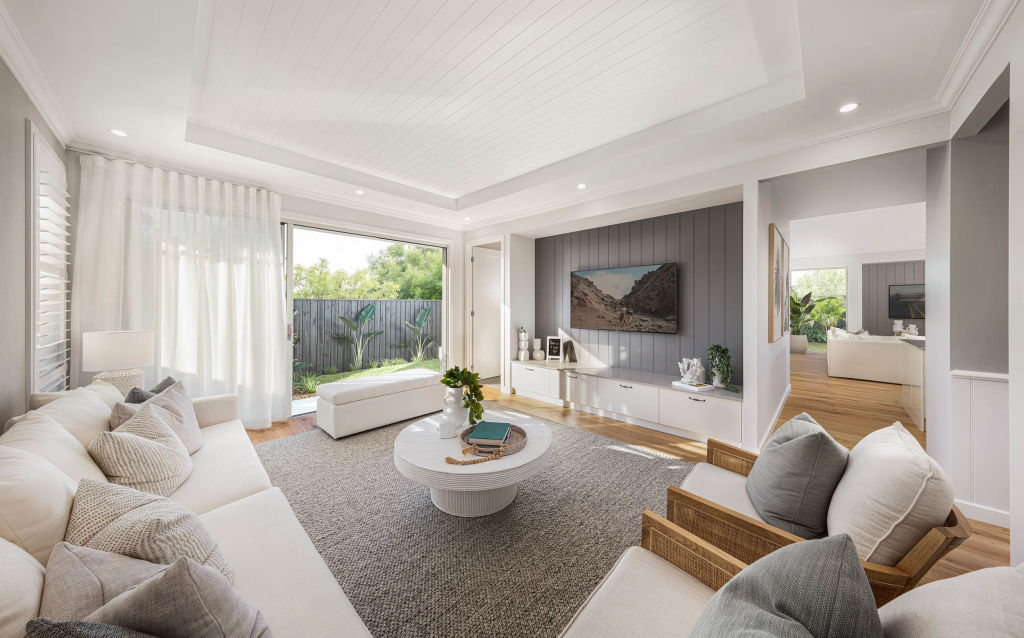
Add into the mix the ability to customise the facade, floor plans and colour schemes, choosing to rebuild becomes a highly attractive option for families like the McNamara’s.
“The ability to custom design the house to suit us now while still planning for the future – that flexibility was a huge factor in our decision-making process,” McNamara says.
The available options and styles provide buyers with greater flexibility to obtain the home they desire, from the enduring favourite Hampton- style home to coastal and modern contemporary themes. And just like the McNamara’s, a growing number of homeowners see knockdown rebuilds as more of a viable option.
“There is a domino effect happening, where one person on the street gives their home a makeover, neighbours are inspired and start asking questions, wondering what they can do to improve their home, which tends to result in them doing their own knockdown-rebuild,” Klein says. “Now, with land shortages, people are looking to achieve the biggest house they can fit on the land they have as it will become more valuable in the future.”
We recommend
States
Capital Cities
Capital Cities - Rentals
Popular Areas
Allhomes
More
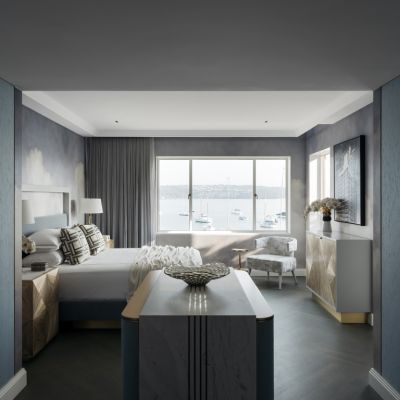
/http%3A%2F%2Fprod.static9.net.au%2Ffs%2F15cf99fc-3d39-4f39-a3e0-2a8b1a9af8ed)
